The Lord our Shepherd
The Lord our Shepherd - Douglas MacMillan
The name of Douglas MacMillan will not be familiar to most of you. He died in 1991 at the relatively young age of 58. In the mid-80s, when I was a student at the Free Church of Scotland College in Edinburgh, he was Professor of Church History. I owe him a great deal. I’m not sure how much history I learned from him. His great strength was preaching not lecturing. To this day, however, the memory of what he was as a Christian and a Gospel minister remains fresh and seldom fails to move me. He doubtless had his faults as all good men do. But whenever I try to picture Christ amongst his disciples in all his warmth, and strength, and sheer loveableness, I think of Douglas MacMillan.
Of the three books that he authored, The Lord our Shepherd is the best known. It began life as a series of addresses on Psalm 23 given at the Aber Conference in Wales in 1979. Those who attended had the special privilege of listening to a man who was not only a very able preacher but one who in earlier life had been a shepherd. Throughout the addresses he was able to illustrate his theme with reminiscences from his own experiences looking after his sheep.
The book is short (just over 80 pages) and is divided into four chapters. The first, The Shepherd Theme, identifies the Shepherd of the psalm as our Lord Jesus, the Good Shepherd (John 10), the Great Shepherd (Heb.13), and the Chief Shepherd (1 Peter 5).
The second chapter, A Living Relationship, is largely an exposition of Christ’s words in John 10.27: “My sheep hear my voice, and I know them, and they follow me”. If the first chapter answers the question, Who is the Shepherd? the second one answers the no less important question, Who are the sheep?
In the third and fourth chapters, Feeding the Flock and Protecting the Flock, the author turns his readers’ attention more fully to the Psalm itself, dealing first of all with vs.1-3 and then afterwards with vs.4-6. One (abbreviated) story must suffice for a flavour of the book.
“On our land there was one particular mountain of about 1,500 feet, and from the top I could see every area where sheep were kept. I remember being up there once on an early summer morning, when the lambs were getting big. I saw something then that I had never seen before and have never forgotten since. I could see a fox, way down below me in a flat valley, working the sheep just the way a dog works. All the mothers were in a great state of trial trying to protect their lambs. I waited a long time, and the sheep were all distressed and troubled. For them the world was turned upside down, and they had eyes only for the fox. Then, when the time came and I could see the fox going in for the kill, I did something very, very simple. I put two fingers in my mouth and whistled. The fox was off like a shot.
Now, you see, the shepherd’s eye was on the sheep all the time. He knew precisely what was happening and he had the ability in a moment to shield them from all danger and harm. How much more our Shepherd! He never slumbers; He never sleeps. His eye is on you. He watches you for your good” (p.34-35).


